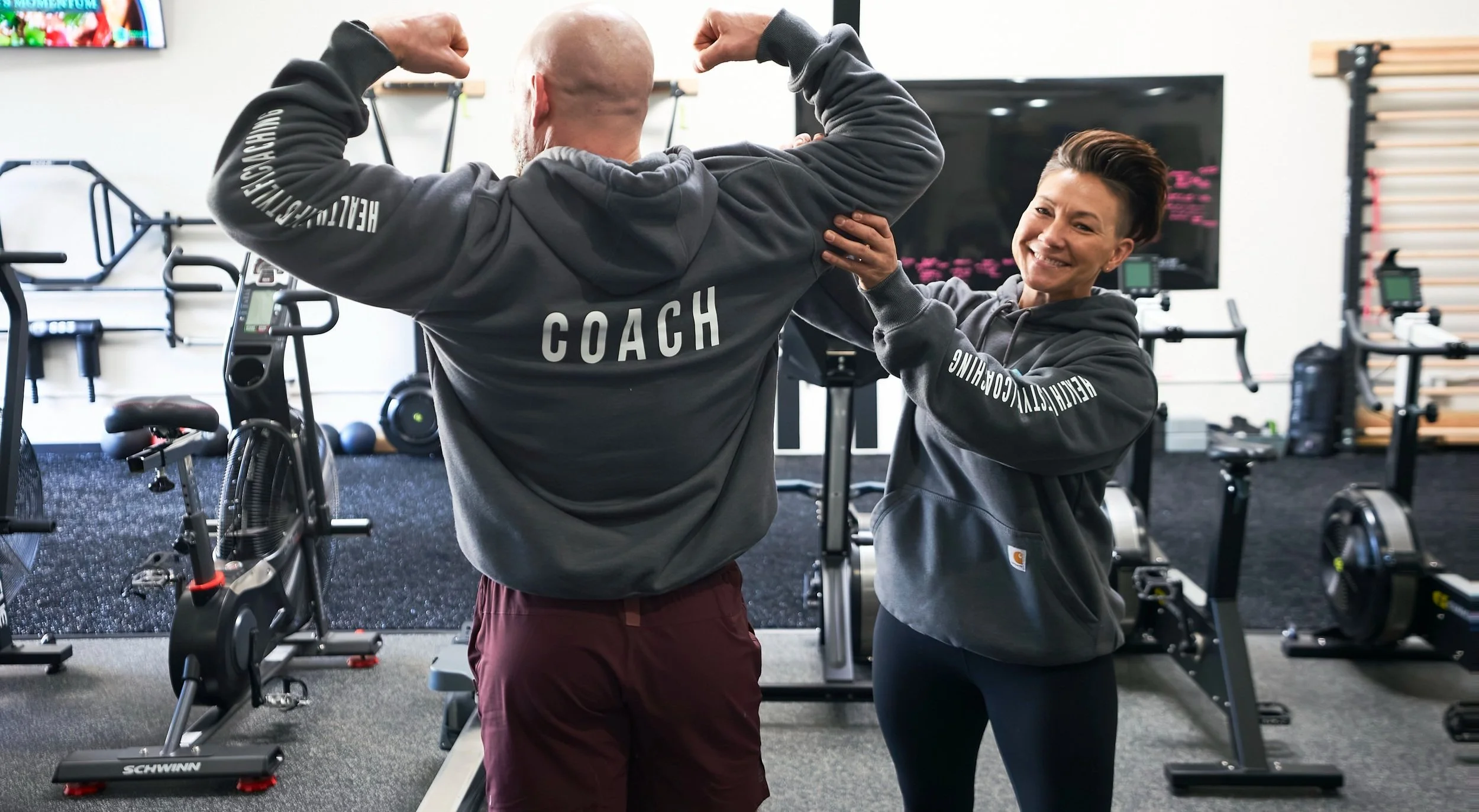After the Attia Episodes: Deadlifts Aren’t the Problem — Context Is
After Peter Attia’s recent Drive episodes — #287 with spine researcher Stuart McGill and #365 featuring Mike Boyle, Jeff Cavaliere, and Gabrielle Lyon — the deadlift debate is back: Are heavy deadlifts bad for your back?
Both episodes raised good points along with debate brought up surrounding heavy lifting in general. McGill highlighted how repeated flexion and compression can stress spinal structures, while Boyle focused on risk management for general populations. But somewhere between those cautionary takes and the headlines that followed, the nuance got lost.
When you look at the broader evidence — and what coaches and clinicians like Greg Lehman and others like he have shown — it’s clear: it’s not the deadlift that’s dangerous. It’s how you load it, progress it, and manage recovery over time.
The Pig Spine Problem
McGill’s early research using pig and cadaver spines showed that repeated flexion plus compression can damage discs when done thousands of times. That’s useful mechanistic insight — but it doesn’t tell the whole story.
Living human tissues adapt. Muscles, fascia, discs, ligaments — all respond to appropriate stress. AND…they heal!
So the real takeaway isn’t “avoid heavy deadlifts.” It’s:
Don’t overdo what you haven’t yet adapted to. Thoughtful progression and the demands required for a human doing a task are key considerations.
Getting Out of Neutral
Many modern movement and rehab critical thinkers have pushed back on the idea that the spine must stay perfectly neutral. Some flexion is unavoidable — and for many people, it’s actually beneficial to train it once they’ve built enough tolerance.
The spine doesn’t need to be treated like a fragile ornament. It’s built to bend, extend, and bear load. Training those capacities, progressively and intentionally, builds resilience — not fragility. It can literally turn pain and disfunction around when done thoughtfully and with intent.
The “Running Off the Curb” Analogy
You can twist your ankle sprinting off a curb too fast — but we don’t tell people to stop running (or tell them to only run hills instead). We coach better mechanics, improve capacity, and build tissue tolerance. We also take other factors besides training into consideration!
Same thing here: the answer to an occasional deadlift tweak isn’t to ban deadlifts — it’s to improve load management, technique, and readiness. What else is going on besides the deadlift?
We Already Lift With “Curved” Spines
Ever picked up a couch, bag of soil, or your kid? You weren’t perfectly neutral — and you survived.
Everyday life is full of “non-neutral” lifting. The goal of training isn’t to avoid it — it’s to prepare for it.
Even movements like the Jefferson curl, once vilified, can safely build spinal robustness when introduced gradually. Flexion, like any other range, becomes stronger when trained with intent and respect for load.
What Actually Matters
Load management above all. Too much, too soon, too often — that’s the real problem.
Progressive overload, not ego overload. Increase stress gradually; let tissues adapt.
Technique as a framework, not a cage. Good form helps, but movement should stay fluid and adaptable.
Exposure beats avoidance. Controlled flexion, when appropriate, builds capacity and confidence. Yes- even lots of flexion when appropriate…
The Bottom Line
Deadlifts aren’t villains. They are more like Frankenstein- a bit misunderstood and inherently not evil! They’re powerful tools that demand respect. Poor load management, too much fatigue, and reckless programming are the real culprits.
The human spine is incredibly adaptable, and when trained properly, it becomes more resilient — not more fragile.
Avoiding load doesn’t make you safer; it makes you weaker and less prepared for life’s demands. The goal isn’t to stay “neutral” — it’s to be strong enough that it doesn’t matter if you drift out of it.
At Resilient Body, This Is the Foundation
This philosophy drives how we coach. Our personal training and small-group sessions are built around the same principles:
Intelligent loading, progressive exposure, and a deep respect for adaptation.
It’s not about avoiding stress — it’s about building the capacity to handle it.
📣 Quick Announcements:
🥙 Nutrition Seminar - November 8th– SAVE THE DATE! More Details to come…
👥 Small Group Cap = 8 People – Get personal attention in a supportive group setting
🏋️♂️ New Personal Training Slots Available – Book a consult if you’re ready to level up
💬 Got questions? Reply here or ask your coach next time you're in





